Pamono Bauhaus Sideboard by Bruno Paul for Veb Deutsche Werkstätten Hellerau, 1935 Best
$140.89
Bruno Paul sideboard from the Hellerau workshops from 1935. This Bauhaus era piece is part of a “growing apartment.” It is an original piece of furniture from the Deutsche Werkstätten Hellerau Dresden. The piece was crafted in high-quality wood. Bruno Paul embodies a distinctive character with unique nobility and elegance. The design showcases its construction of clearly defined horizontal and vertical lines, a statement piece. Depending on the light, the color scheme of this piece ranges from shades of brown to light brown to red. The combination of material and function is evident in this piece of furniture by Bruno Paul. The construction, with its unique signature in the choice of materials, proportions, and details, is characterized by elegant joining solutions and testifies to great, simple craftsmanship. These modern and timeless pieces can be easily integrated into all interior styles, from elegant to extravagant, and are an eye-catcher in any interior. Bruno Paul, architect, designer, and artist, designed this furniture for WK Möbelproduktion in workshops renowned for producing the highest quality furniture. The wood was professionally cleaned and disinfected and carefully restored to preserve its natural beauty.
Bruno Paul, architect, furniture designer, and caricaturist, began his artistic training in Dresden. In 1891, he moved to Munich to successfully complete his studies at the Academy of Fine Arts. In 1897, Bruno Paul founded the Munich Workshops for Art and Crafts together with Bernhard Pankok, Hermann Obrist, and Richard Riemerschmid. Bruno Paul’s furniture was inspired by Henry van de Velde. His metal objects have simple forms. from February 1897, Bruno Paul contributed cartoons to the magazine “Simplicissimus”. Publisher Albert Langen and painter Thomas Theodor Heine founded a satirical magazine in Munich in 1895. By 1905, several interior spaces for exhibitions had been created, as well as the waiting room in Nuremberg Central Station. Bruno Paul became director of the Berlin School of Applied Arts in 1907 and worked as an architect in Berlin from 1907 to 1908. Further buildings followed. Bruno Paul was the founder of the German Werkbund. At the 1914 Werkbund Exhibition in Cologne, Bruno Paul was represented with three buildings, the Yellow House, the Wine House, and the Brewery. Bruno Paul became director of the School of Applied Arts in Berlin. In the following years, he achieved international recognition, particularly with the construction of Macy’s department store in New York.
Bruno Paul, architect, furniture designer, and caricaturist, began his artistic training in Dresden. In 1891, he moved to Munich to successfully complete his studies at the Academy of Fine Arts. In 1897, Bruno Paul founded the Munich Workshops for Art and Crafts together with Bernhard Pankok, Hermann Obrist, and Richard Riemerschmid. Bruno Paul’s furniture was inspired by Henry van de Velde. His metal objects have simple forms. from February 1897, Bruno Paul contributed cartoons to the magazine “Simplicissimus”. Publisher Albert Langen and painter Thomas Theodor Heine founded a satirical magazine in Munich in 1895. By 1905, several interior spaces for exhibitions had been created, as well as the waiting room in Nuremberg Central Station. Bruno Paul became director of the Berlin School of Applied Arts in 1907 and worked as an architect in Berlin from 1907 to 1908. Further buildings followed. Bruno Paul was the founder of the German Werkbund. At the 1914 Werkbund Exhibition in Cologne, Bruno Paul was represented with three buildings, the Yellow House, the Wine House, and the Brewery. Bruno Paul became director of the School of Applied Arts in Berlin. In the following years, he achieved international recognition, particularly with the construction of Macy’s department store in New York.
The seller assumes all responsibility for this listing.
About This Piece
Vintage Design
Bruno Paul sideboard from the Hellerau workshops from 1935. This Bauhaus era piece is part of a “growing apartment.” It is an original piece of furniture from the Deutsche Werkstätten Hellerau Dresden. The piece was crafted in high-quality wood. Bruno Paul embodies a distinctive character with unique nobility and elegance. The design showcases its construction of clearly defined horizontal and vertical lines, a statement piece. Depending on the light, the color scheme of this piece ranges from shades of brown to light brown to red. The combination of material and function is evident in this piece of furniture by Bruno Paul. The construction, with its unique signature in the choice of materials, proportions, and details, is characterized by elegant joining solutions and testifies to great, simple craftsmanship. These modern and timeless pieces can be easily integrated into all interior styles, from elegant to extravagant, and are an eye-catcher in any interior. Bruno Paul, architect, designer, and artist, designed this furniture for WK Möbelproduktion in workshops renowned for producing the highest quality furniture. The wood was professionally cleaned and disinfected and carefully restored to preserve its natural beauty.
Bruno Paul, architect, furniture designer, and caricaturist, began his artistic training in Dresden. In 1891, he moved to Munich to successfully complete his studies at the Academy of Fine Arts. In 1897, Bruno Paul founded the Munich Workshops for Art and Crafts together with Bernhard Pankok, Hermann Obrist, and Richard Riemerschmid. Bruno Paul’s furniture was inspired by Henry van de Velde. His metal objects have simple forms. from February 1897, Bruno Paul contributed cartoons to the magazine “Simplicissimus”. Publisher Albert Langen and painter Thomas Theodor Heine founded a satirical magazine in Munich in 1895. By 1905, several interior spaces for exhibitions had been created, as well as the waiting room in Nuremberg Central Station. Bruno Paul became director of the Berlin School of Applied Arts in 1907 and worked as an architect in Berlin from 1907 to 1908. Further buildings followed. Bruno Paul was the founder of the German Werkbund. At the 1914 Werkbund Exhibition in Cologne, Bruno Paul was represented with three buildings, the Yellow House, the Wine House, and the Brewery. Bruno Paul became director of the School of Applied Arts in Berlin. In the following years, he achieved international recognition, particularly with the construction of Macy’s department store in New York.
Bruno Paul, architect, furniture designer, and caricaturist, began his artistic training in Dresden. In 1891, he moved to Munich to successfully complete his studies at the Academy of Fine Arts. In 1897, Bruno Paul founded the Munich Workshops for Art and Crafts together with Bernhard Pankok, Hermann Obrist, and Richard Riemerschmid. Bruno Paul’s furniture was inspired by Henry van de Velde. His metal objects have simple forms. from February 1897, Bruno Paul contributed cartoons to the magazine “Simplicissimus”. Publisher Albert Langen and painter Thomas Theodor Heine founded a satirical magazine in Munich in 1895. By 1905, several interior spaces for exhibitions had been created, as well as the waiting room in Nuremberg Central Station. Bruno Paul became director of the Berlin School of Applied Arts in 1907 and worked as an architect in Berlin from 1907 to 1908. Further buildings followed. Bruno Paul was the founder of the German Werkbund. At the 1914 Werkbund Exhibition in Cologne, Bruno Paul was represented with three buildings, the Yellow House, the Wine House, and the Brewery. Bruno Paul became director of the School of Applied Arts in Berlin. In the following years, he achieved international recognition, particularly with the construction of Macy’s department store in New York.
Click here for full descriptionClose description
| Creator | Bruno Paul |
|---|---|
| Manufacturer | VEB Deutsche Werkstätten Hellerau |
| Design Period | 1920 to 1949 |
| Year | 1935 |
| Production Period | 1930 to 1939 |
| Country of Manufacture | Germany |
| Identifying Marks | This piece has an attribution mark |
| Style | Vintage, Mid-Century, Industrial, Art Deco, Design Classics, Minimalist, Modernist, Bauhaus, Bohemian, Brutalist |
| Detailed Condition | Excellent — This vintage/antique piece is in near original condition. It may show minimal traces of use and/or have slight restorations. |
| Product Code | VLO-2340909 |
| Restoration and Damage Details | The wood was professionally cleaned and disinfected and carefully restored to preserve its natural beauty |
| Materials | Glass, Metal, Oak |
| Color | Brown |
| Width | 125 cm 49.2 inch |
| Depth | 41 cm 16.1 inch |
| Height | 138 cm 54.3 inch |
| Weight Range | Standard — Between 40kg and 80kg |
Be the first to review “Pamono Bauhaus Sideboard by Bruno Paul for Veb Deutsche Werkstätten Hellerau, 1935 Best” Cancel reply
Related products
Children's Chairs
Pamono Barber Shop Children’s Chair from Thonet, 1900s Discount
$122.99
$122.99
Sale!
Couches & Sofas
Pamono Vínculo Sectional Sofa in Green Velvet by Moanne Outlet
$130.99
Sale!
Beds & Bedroom Sets
Beds & Bedroom Sets
$124.89
$132.89
$138.89
Sale!
Sale!
Office Chairs
Pamono Swivel Tulip Chairs by Ero Saarinen for Knoll International, 1970, Set of 6 Sale
Children's Chairs
Pamono Set of Children’s Chairs by Svend Langkilde, 1970s Outlet
$122.89
$128.89
Daybeds & Chaises Lounges
Pamono Vintage Italian Daybed by Marzio Cecchi, 1970s Online
$138.99
Sale!
Sale!
Beds & Bedroom Sets
Sale!
Couches & Sofas
Login

Pamono Bauhaus Sideboard by Bruno Paul for Veb Deutsche Werkstätten Hellerau, 1935 Best

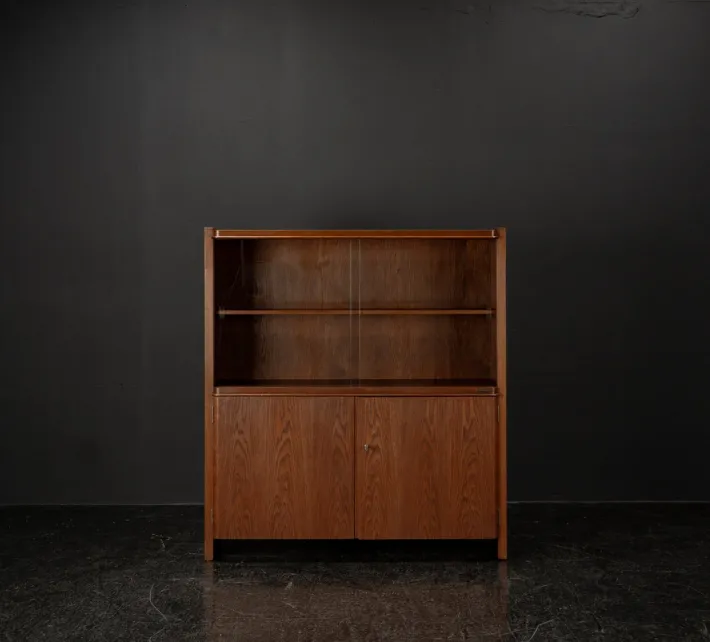

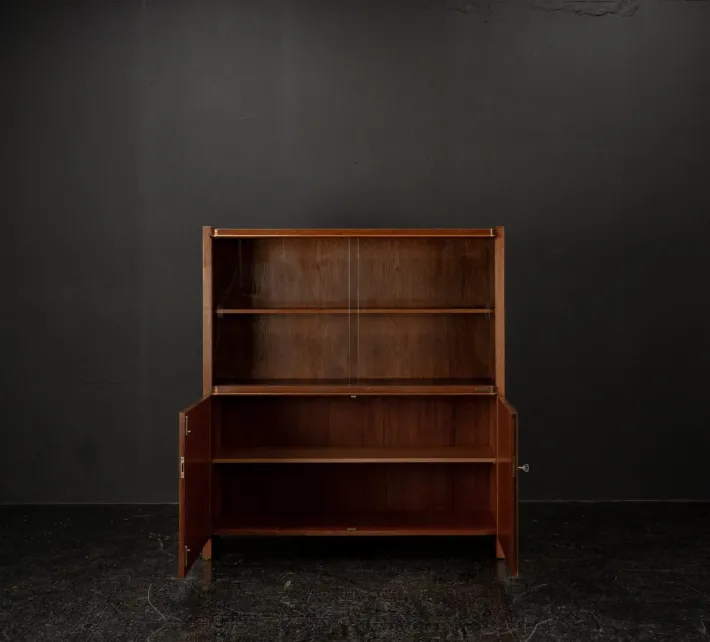
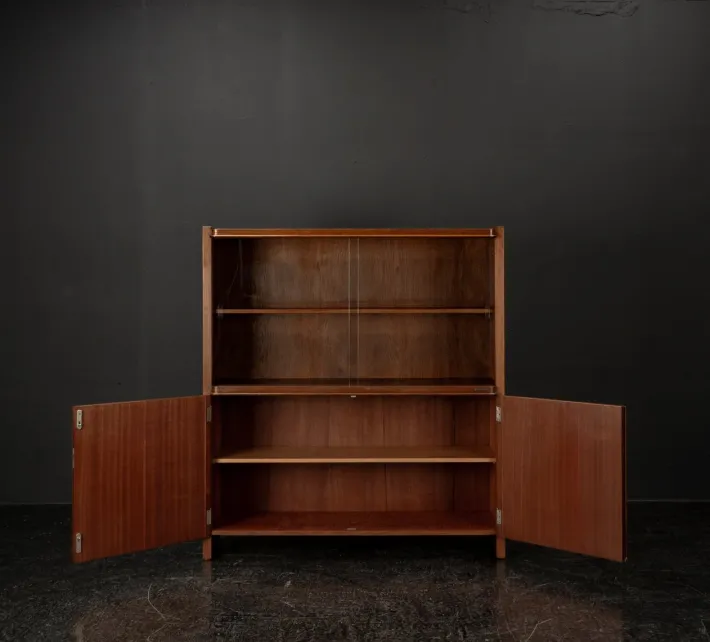

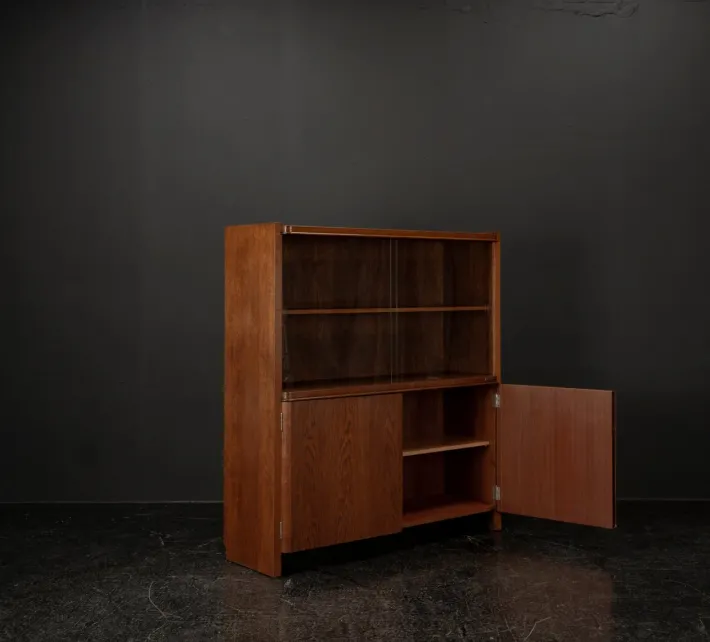
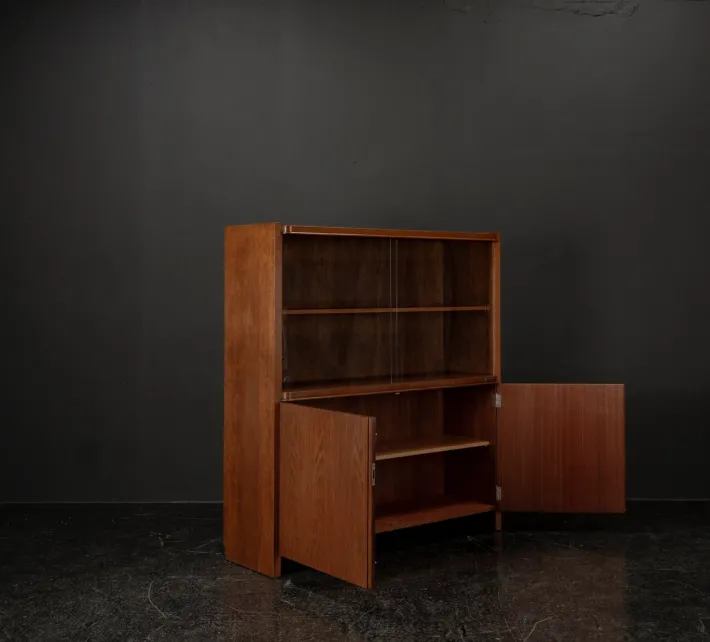
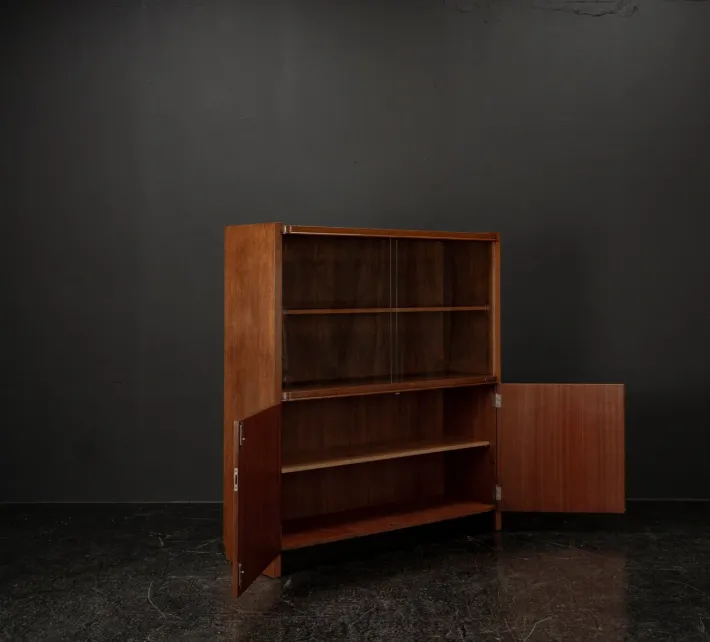


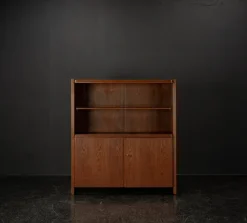


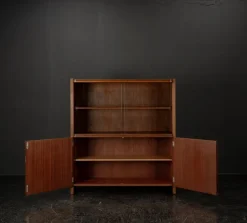
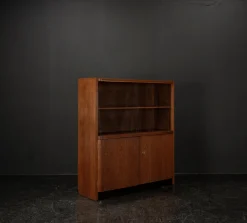

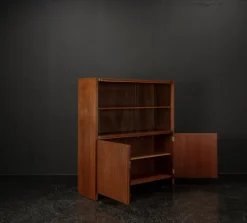
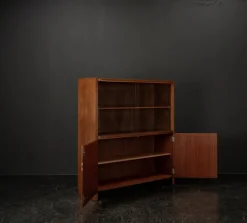
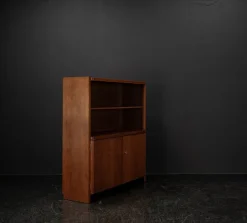


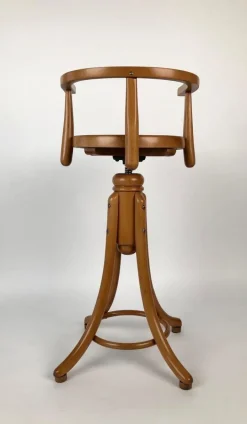
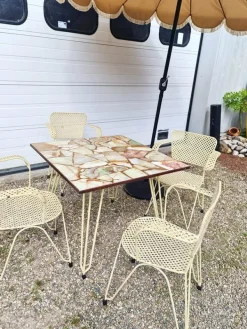
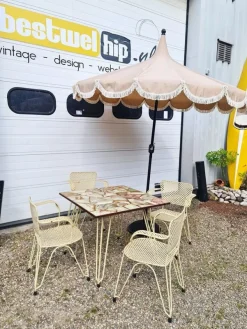

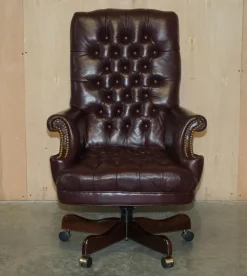
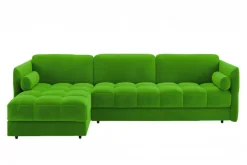
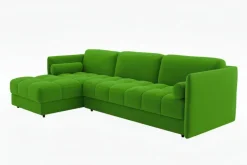
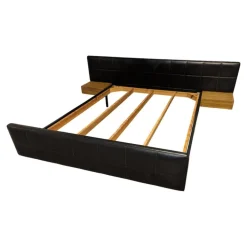
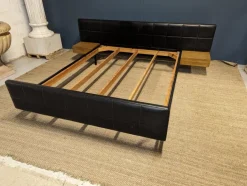

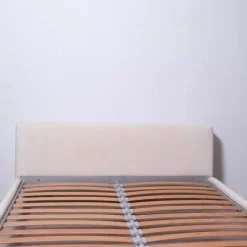
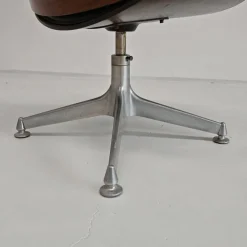




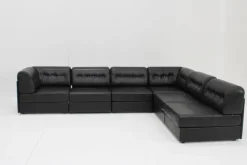

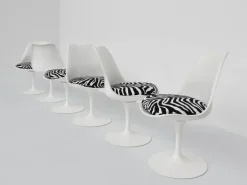
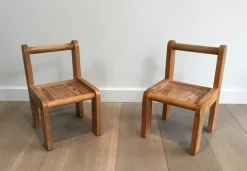

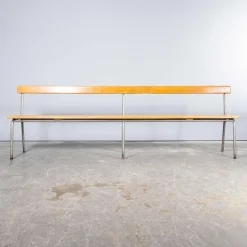
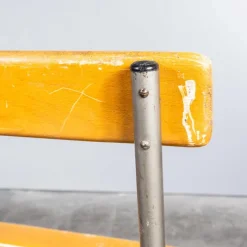
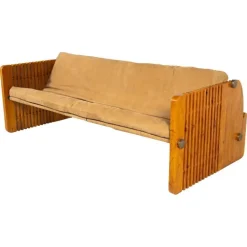
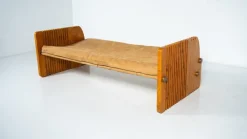
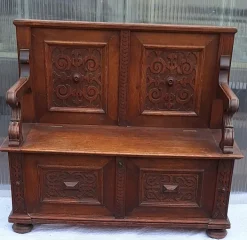

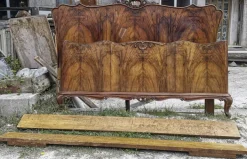



Reviews
There are no reviews yet.